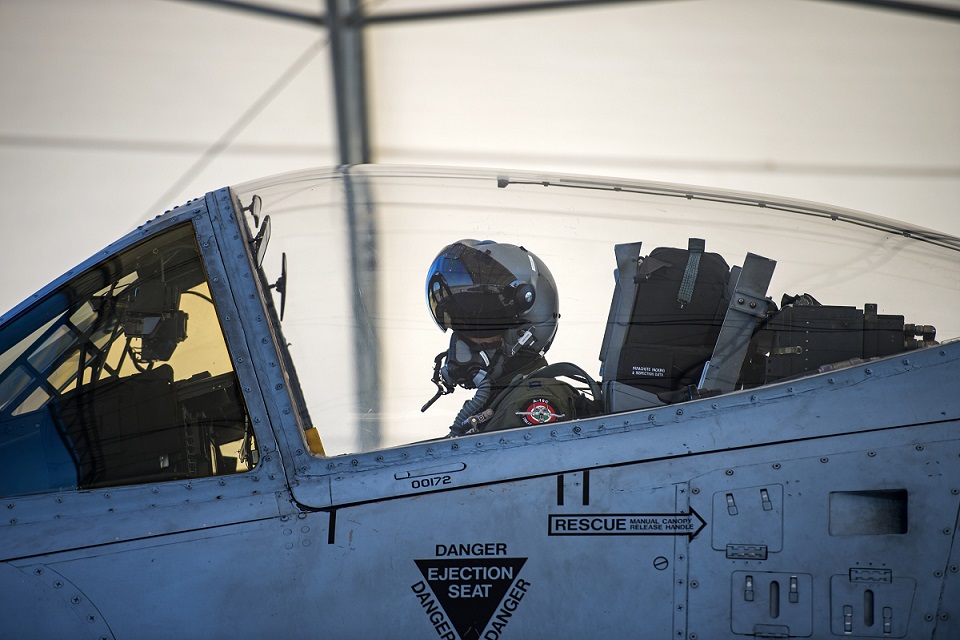This post is also available in:
 עברית (Hebrew)
עברית (Hebrew)
Military forces depend, to a large extent, on GPS and need a redundant resilient capability to operate in a GNSS/GPS-denied environment. A new solution will supply U.S. Army search and rescue teams with radio communications equipment able to help find and rescue downed aircraft pilots in rugged terrain or behind enemy lines even without GPS.
McMurdo, a subsidiary of Orolia USA Inc., won a $33.9 million U.S. Army contract in March for personnel recovery devices that will be integrated into the Army’s Personnel Recovery Support System (PRSS).
McMurdo will provide a rugged, dual-mode, open, and secure beacon that enables individual warfighters to transmit distress signals, should they become isolated or missing, to support rescue operations. The company provides emergency position indicating radio beacons (EPIRBs) for naval and commercial ships that provide signal connectivity to rescue communications centers.
The Army PRD and FastFind incorporate the Orolia resilient positioning, navigation, and timing (PNT) technology, which can augment or serve as an alternative to satellite navigation like the Global Navigation Satellite System (GNSS).
Applications include network timing, maritime domain awareness, vessel monitoring, and command, control, communications, intelligence, surveillance, and reconnaissance, atomic clocks and low-noise oscillators for satellite communications, and guidance and navigation for unmanned systems, according to militaryaerospace.com.
According to the company, their PNT capabilities provide alternative navigation or ALTNAV service through the use of the Iridium satellite constellation, on station in low-earth orbit, at an altitude of about 500 miles.


























